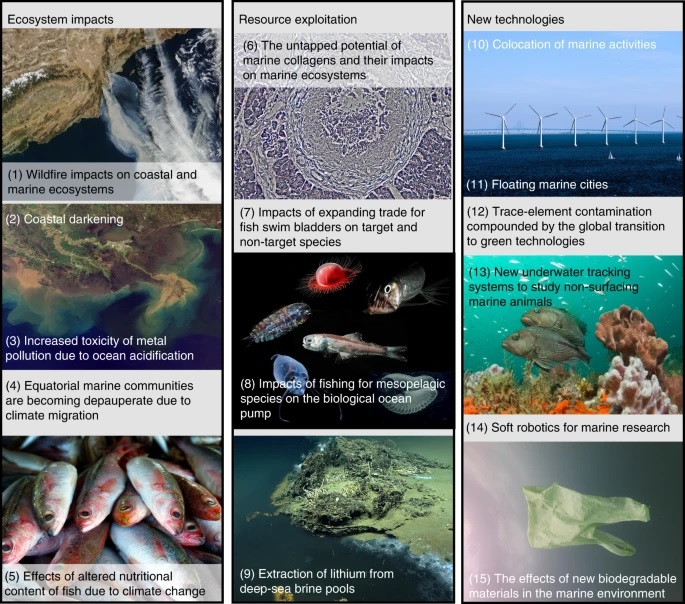7667766266
enquiry@shankarias.in
A new study has flagged emerging threats that could have a major impact on marine biodiversity over the next 5-10 years.
The Conference of the Parties (COP) to the United Nations Convention on Biological Diversity aims to slow and reverse the loss of biodiversity and establish goals for positive outcomes by 2050.

Ecosystem impacts
Resource exploitation
New technologies
References